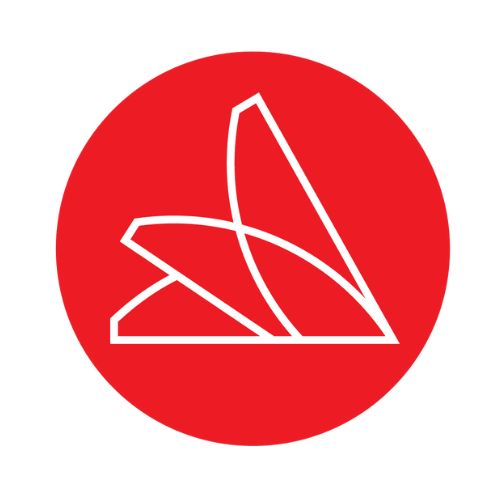
Enrollment will open to the general public at 9am on Saturday, February 11th for our Preschool and Kindergarten programs for the 2017-2018 school year. Enrollment is not currently offered online. The front desk staff is happy to assist you in enrolling your child in our programs.
Click here for enrollment forms for preschool
Click here for enrollment forms for kindergarten
Why Art?
A very good question. Think of “the arts” as art, music, dance, and drama. Not only is art fun, art is a perfect way to learn. Learning through the arts is a smart and fun way to enhance brain development, support individual learning, and help people prepare for success in school and in life. Arts-based learning is great for kids of all ages, but especially helpful for young children for reasons such as these listed here.
Physical Development
Large and small muscle development and coordination are important aspects of every art activity. Different muscles are exercised in different art activities. As the muscles are exercised, they grow stronger and the child gains better control over them.
Coordination of eye and hand movements follow as a child tries to control the crayon, brush, or marker in his hand to make marks that are meaningful to him. In dance and creative movement one learns control and coordination of the body in space. In these art forms, she learns to use her hands, eyes, feet, and body at the same time. She develops control over eye muscles, an important first step in learning to read. “Free drawing” rather than coloring in the lines of a coloring book, will develop the skills needed for making letters and numbers.
Mental Development
Children learn by doing. Learning concepts, language and skills are a foundation for reading, math and science. If it goes through the hands, feet, body, it goes through the brain.
Language and Literacy
Children learn through direct experience what the word “texture” means as they handle cloth with different surfaces, thick/thin while using paint.
As children talk about their art work, they are “reading” their picture. Writing a story is “written down talk”.
Dramatic play and acting-out stories make stories, actually, come alive.
Thinking Skills
Art provides opportunities for making decisions and problem solving no matter how many times a child has worked with the same medium.
Creative Development
Creativity is the ability to see, make, or perform in a new way. Making something new, being creative means taking a risk to do that “something new or different.” Making mistakes is a part of this process. Scientific thinking and creativity are difficult to separate. Maya Angelou states, “You cannot use up creativity. The more you use, the more you have.”
Aesthetic Development
Aesthetic awareness involves helping children see, hear, and enjoy the beauty in their world. It improves the quality of learning and helps the creative process.
Social-Emotional Development
As children work in the art center, they learn to share the materials, to accept other’s ways of doing art, and to enjoy being a part of the group. Creating art affords the opportunity for release—clay, woodworking, fingerpaint, sensory tables, outdoors, and waterplay. Children learn to feel good about themselves as they learn they can do things well.
Children who feel free to make mistakes and to explore and experiment will also feel free to invent, create, and find new ways to do things. Grant the lasting gift of freedom to children—to make mistakes and learning from doing. The side benefit is that fostering creativity is rewarding and fun and gives children a zest for imagining and learning to last a lifetime.
Compiled by the director and staff of the Lawrence Arts Center Preschool.
